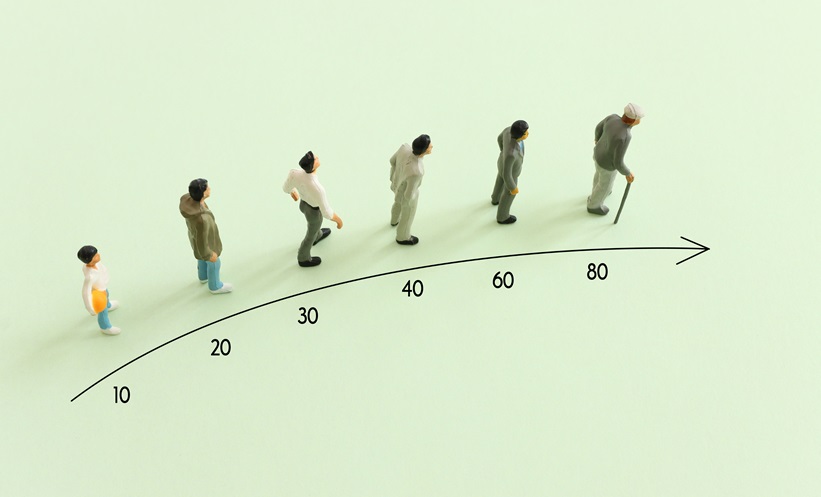A NEUROIMAGING analysis has identified the biomarkers for impaired development of spinal cord and cerebellar structures during childhood in Friedreich ataxia (FA), with significant correlations to clinical severity, according to the TRACK-FA study – the largest multi-modal neuroimaging analysis in FA to date.
This international cross-sectional study enrolled 169 FA patients (5–42 years) and 95 controls across seven sites, using advanced MRI techniques to assess 17 pre-specified imaging biomarkers. Compared to controls, FA patients exhibited reduced dentate nucleus volume (−24.3%), smaller spinal cord cross-sectional area (−19.1%), and microstructural degradation in superior cerebellar peduncles (fractional anisotropy: −15.2%; p < 0.001). Strikingly, spinal cord and cerebellar morphometric differences widened during childhood, reflecting arrested development in FA: controls showed age-dependent growth in these regions, while FA patients displayed stagnation. Biochemical markers, including reduced spinal cord N-acetyl-aspartate/myo-inositol ratios (−18.6%), further distinguished FA cohorts. Imaging biomarkers strongly correlated with disease severity (e.g., spinal cord area vs. modified Friedreich Ataxia Rating Scale [mFARS]: r = −0.62; p < 0.001), with superior cerebellar peduncle microstructure showing the strongest clinical associations.
These findings position neuroimaging biomarkers, particularly spinal cord area and superior cerebellar peduncle integrity, as viable tools for monitoring FA progression and therapeutic efficacy. The age-stratified analysis highlights a critical developmental window in childhood, suggesting early intervention could mitigate neurodegeneration. TRACK-FA’s harmonized multi-modal protocol (structural MRI, diffusion MRI, quantitative susceptibility mapping, magnetic resonance spectroscopy) provides a framework for future clinical trials, overcoming limitations of small-scale studies. Validating these biomarkers in longitudinal assessments (ongoing 24-month follow-up) may accelerate drug development by enabling sensitive, non-invasive tracking of neurodegeneration. Clinically, these biomarkers could improve prognostic accuracy and identify high-risk patients for targeted therapies.
Reference
Georgiou‐Karistianis N et al. Neuroimaging biomarkers for friedreich ataxia: a cross‐sectional analysis of the TRACK‐FA study. Annals of Neurology. 2025;DOI:10.1002/ana.27237.








